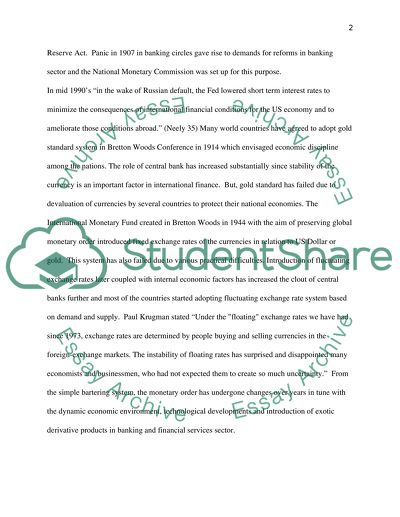Cite this document
(“Banking Crisis Research Paper Example | Topics and Well Written Essays - 3000 words”, n.d.)
Banking Crisis Research Paper Example | Topics and Well Written Essays - 3000 words. Retrieved from https://studentshare.org/macro-microeconomics/1492459-banking-crisis
Banking Crisis Research Paper Example | Topics and Well Written Essays - 3000 words. Retrieved from https://studentshare.org/macro-microeconomics/1492459-banking-crisis
(Banking Crisis Research Paper Example | Topics and Well Written Essays - 3000 Words)
Banking Crisis Research Paper Example | Topics and Well Written Essays - 3000 Words. https://studentshare.org/macro-microeconomics/1492459-banking-crisis.
Banking Crisis Research Paper Example | Topics and Well Written Essays - 3000 Words. https://studentshare.org/macro-microeconomics/1492459-banking-crisis.
“Banking Crisis Research Paper Example | Topics and Well Written Essays - 3000 Words”, n.d. https://studentshare.org/macro-microeconomics/1492459-banking-crisis.


